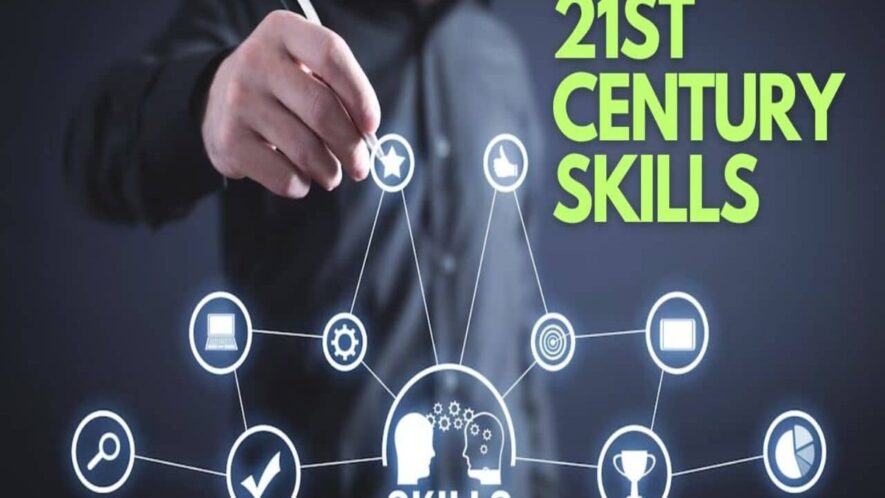
21st Century Skills in Education
21st century skills in education refer to a set of abilities and competencies that are considered essential for success in the modern world.

21st century skills in education refer to a set of abilities and competencies that are considered essential for success in the modern world.
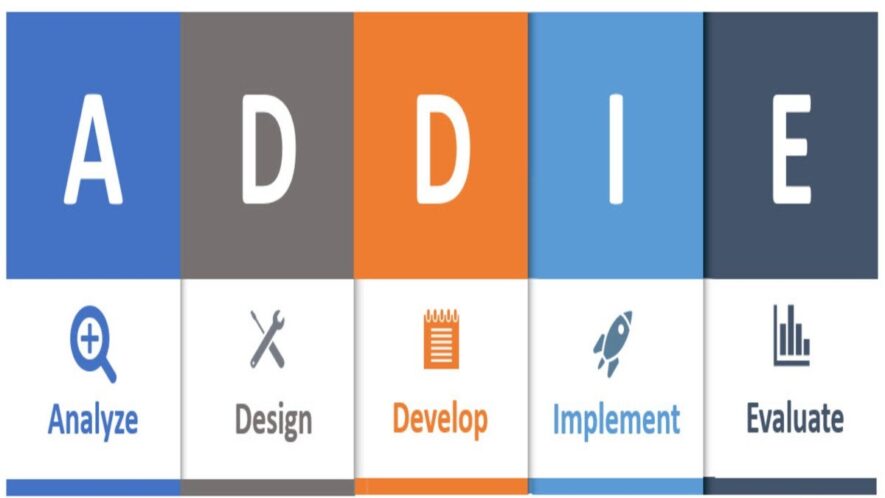
The ADDIE model is an instructional design framework that helps to create effective learning experiences.
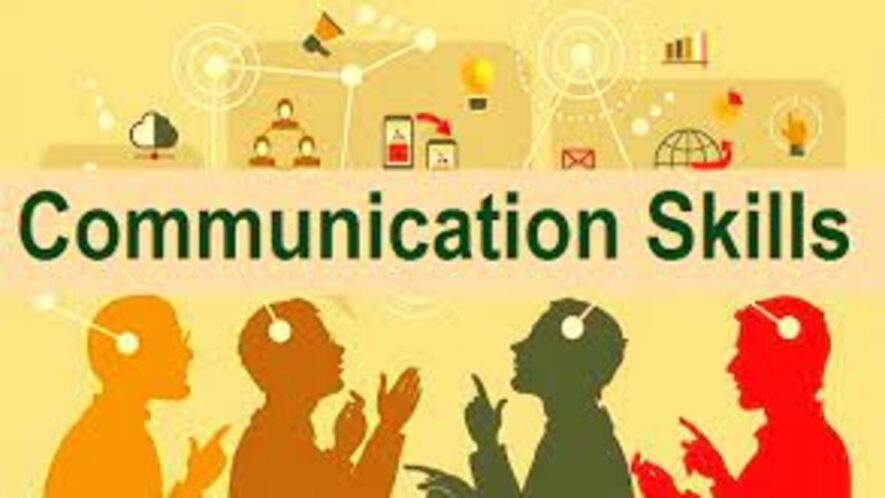
Communication skills is the ability for an individual to accurately convey a message to another person or group of people.
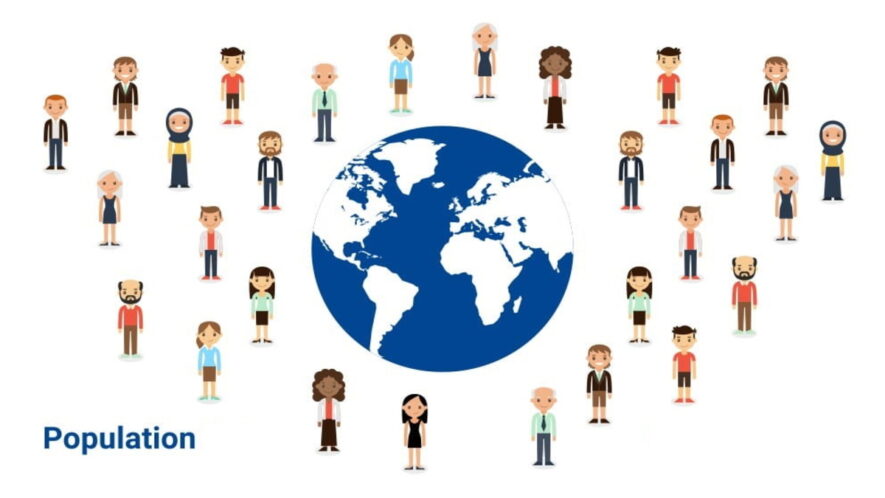
Population refers to the entire group of individuals or objects that share a common characteristic and are of interest to a researcher.
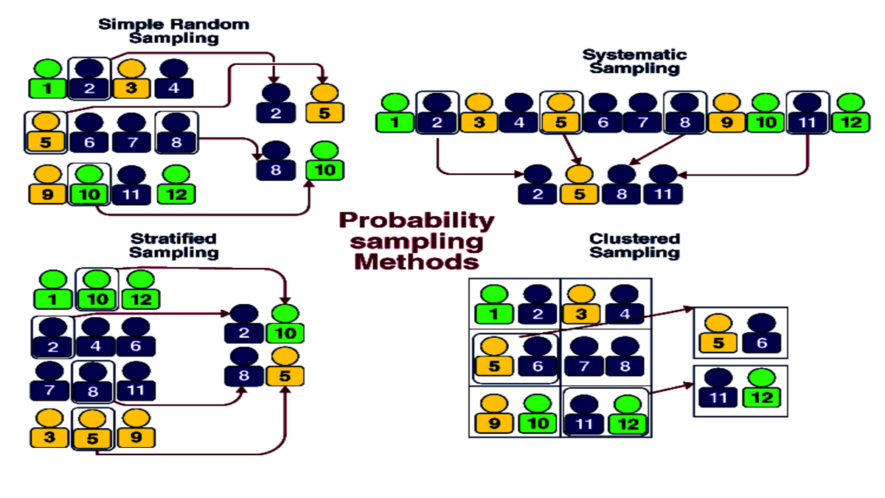
The sampling technique/method is a statistical approach used for selecting a representative sample from a population. Probability and Non-Probability sampling are two major categories.
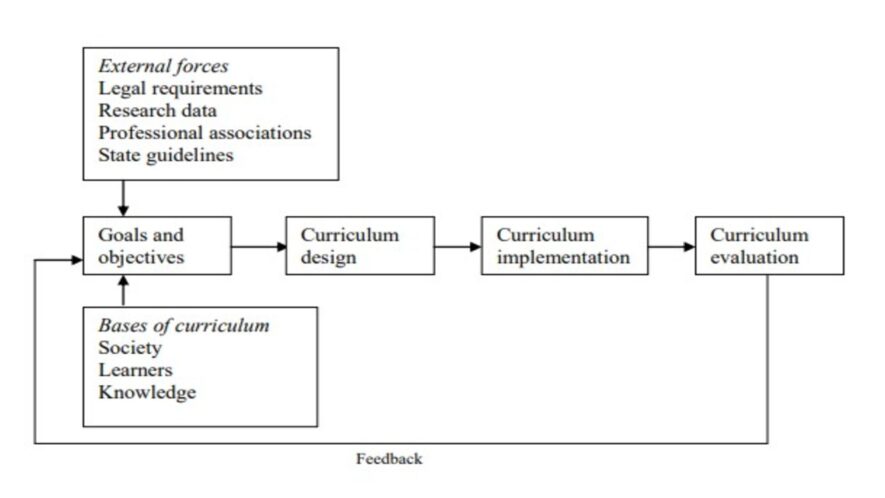
Saylor-Alexander-Lewis Curriculum Development Model’s four stages are selection of goals, curriculum design, curriculum implementation & curriculum evaluation.
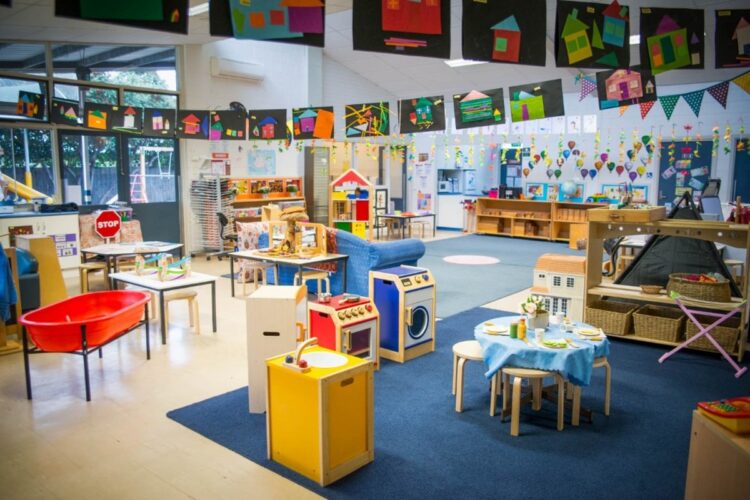
All such activities which are arranged alongside the standard study curriculum are called co-curricular activities. The old term was “Extra-curricular” activities.
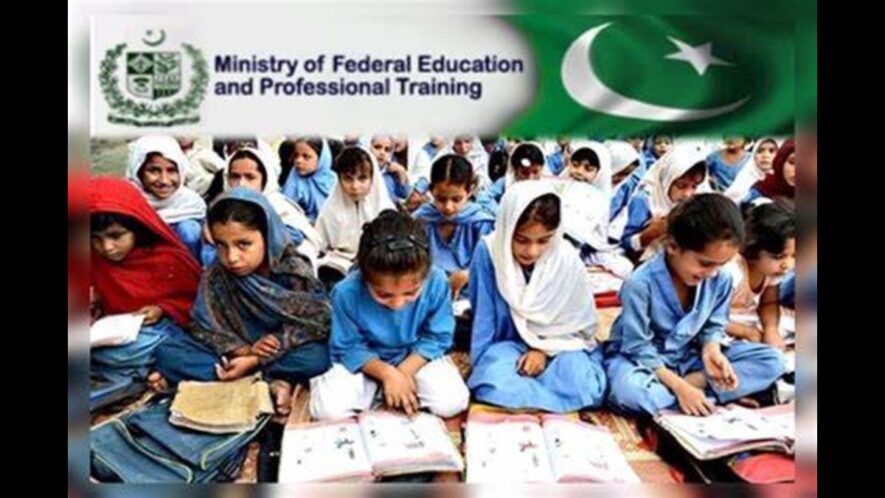
Curriculum development problems include understaffing, lack of expertise, absence of mechanism, lack of research, and inadequate participation of stakeholders.
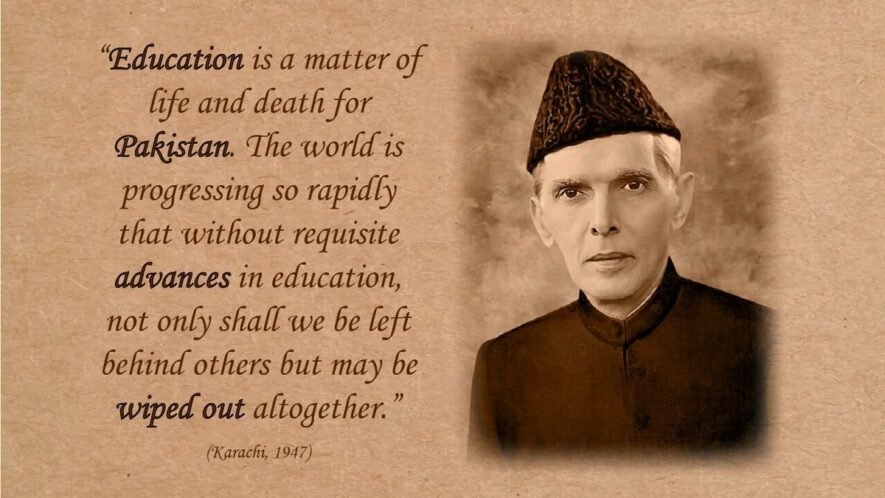
Right to Education (RTE) is reflected in Article 25A, Article 37B and 37D of constitution of Pakistan 1973.
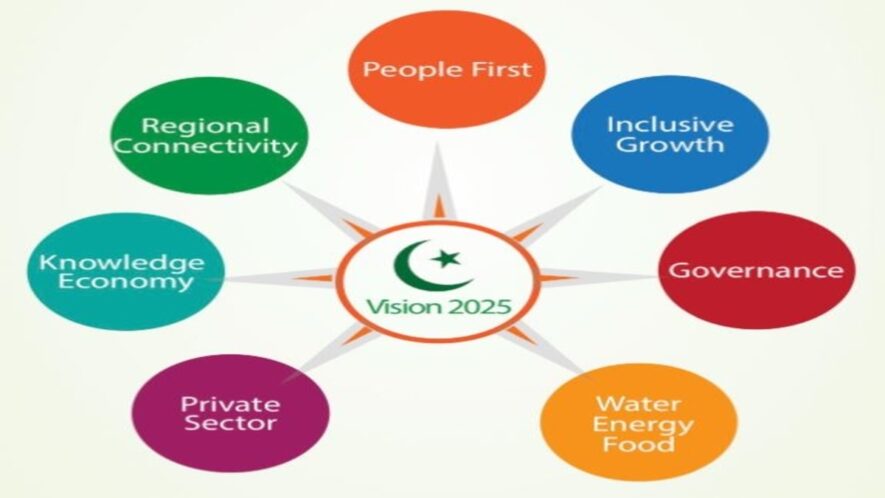
Pakistan Vision 2025 is designed to represent an aspirational destination. It will serve as a critical guide-post for the development of an effective strategy and road-map to reach our national goals and aspirations. It is not meant to represent the resultant strategy and program itself. The Vision will be realized through strategies and programs defined […]